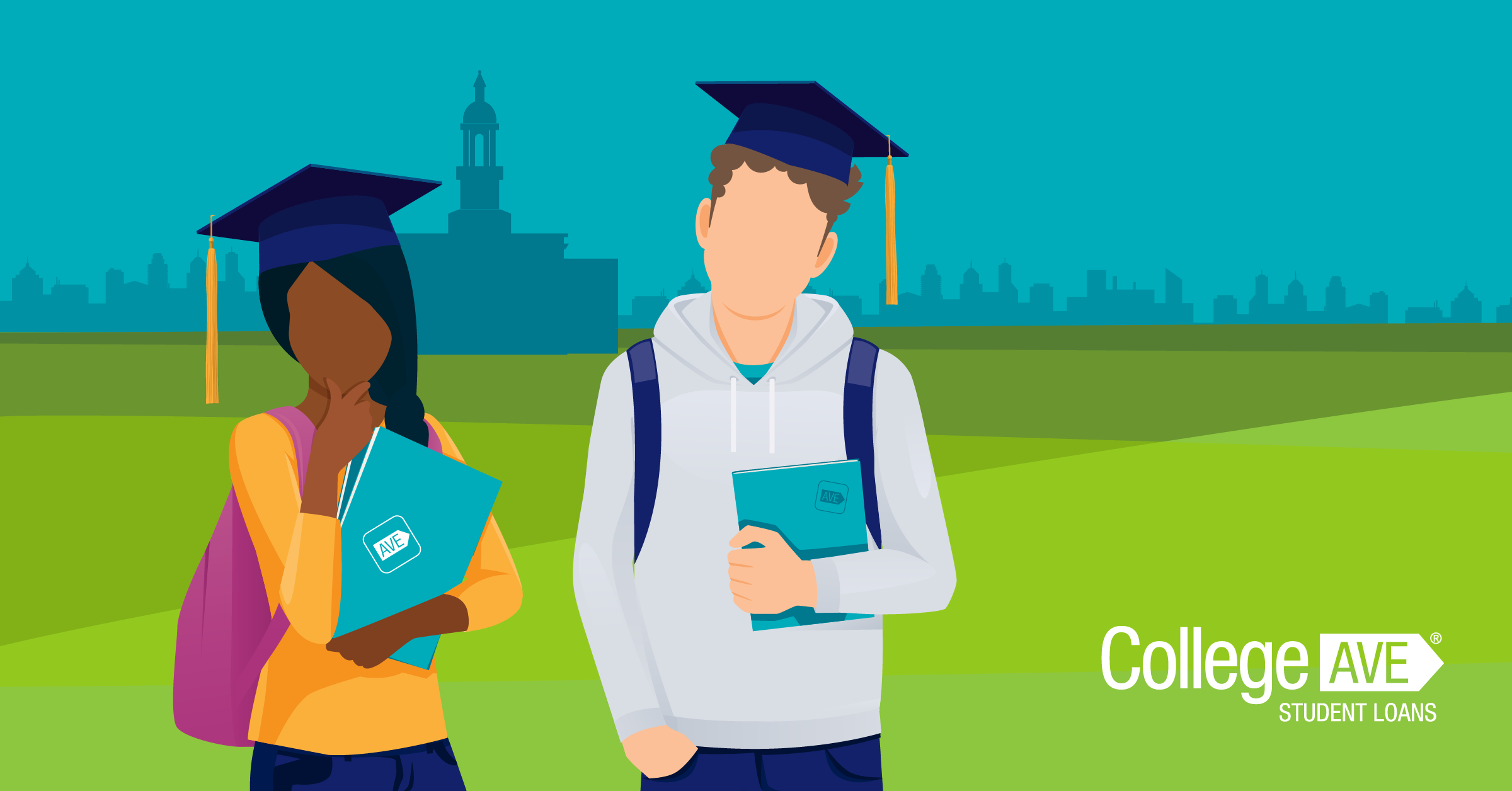
Brain Breaker was an early Metroidvania title and is a side-scrolling adventure platform game. In 1985, it was released for the Sharp X1. The player has to place 15 blocks in a certain sequence and then solve a puzzle. Students can use this game to stay focused and on the task at hand.
Brain Breaker is the base of Brain Breaker.
Brain Breaker is an online game that's based on Mastermind. It challenges players to crack random codes. It aims to increase students' problem-solving and cognitive thinking abilities. It encourages physical activity, as well social interaction. The code is given to players with eight guesses. Players will receive gold balls if they correctly guess the code. They will be awarded silver balls if they are not correct.
This code-breaking puzzle is played with two players. It can be set to a level of difficulty. Although beginners might have an easier time guessing codes, more experienced code-breakers will likely face repeated colors or holes that are empty. A true brain teaser!

This puzzle requires students put together a series of 15 blocks.
In Europe, the Fifteen Puzzle gained popularity in the 1880s. There are over 20 million possible combinations of the blocks. One blank block is not included. American mathematicians showed that half the initial arrangements were able to yield a solution. The following mathematical analysis was used: Any number must pass through an equal number of boxes.
It is a physical brain break
A physical brain break has many benefits. It will get your child up from their chair and stimulate blood flow. It can also help you regain control and make it easier for your child to focus. They are as fun as meditative breaks and as effective as physical breaks. Here are four examples of physical brain breaks that you can introduce to your child.
Take a walk or stretch. Both of these activities will improve your brain activity. It is a proven fact that exercise improves attention and concentration. The ability to exercise helps students learn vocabulary words faster. Exercise also decreases stress levels, making it easier to concentrate on other tasks.
It helps students stay centered
Brain breakers are a great tool to help students stay focused. Brain breaks are a great way to help students manage their emotions, recognize when they're frustrated, and learn how best to deal with them. They are useful tools for students who struggle to finish homework. They can take a brief break and then return to the task with a fresh perspective and refocused. These brain breaks increase students' self-esteem. They also help them understand that they can overcome difficulties in their homework, which will help them stay motivated to complete the assignment.

Brain breaks are a great way to help students improve their creativity and social skills. To help students focus, they can sing or dance. A break from studying can help shy students come out of their shells and be more outgoing. This can prepare students for class discussions. You will find that they are more open to answering your questions.
FAQ
How much time should I spend studying each semester?
The length of your studies will depend on several factors.
Some schools may also require that you take certain classes every year. This means that you won’t be able to choose which courses you want to take in any given semester. Your advisor can help you determine which courses you should take in each semester.
What is the average salary of a teacher in early childhood education? (earning potential)
The median salary for early childhood teachers is $45,000 per calendar year.
However, there are some areas where salaries are generally higher than average. Teachers who teach in large urban areas typically earn more than teachers working in rural schools.
Salaries also depend on factors such as the district's size and whether or not a teacher has a master's or doctorate.
Teachers start off making less money than other college graduates simply because they don’t have much experience. However, their salaries can rise dramatically over time.
How do I select my major?
Students choose their majors based upon their interests. Students may choose to major in the subject they are most passionate about because it is easier than learning something else. Others wish to pursue a career that is not available. Others are motivated to make a living while studying a major. Whatever your reason, you should think about what type of job you would like to have after graduation.
There are many options for information on different areas of study. You could talk to someone in your family or friends about their experiences in these areas. Check out newspapers and magazines for possible careers. Talk to a guidance counselor at high school about possible career paths. Visit the Career Services section of your local library. Get books on different topics at your local library. Search the Internet for specific career-related websites.
What are the differences between early childhood education?
There are many different ways to describe early childhood education. The most common ones include:
-
Preschool - Children ages 2 to 5
-
PreKindergarten – Children aged 4-6
-
Head Start/ Headstart for children ages 0-3
-
Day Care/Daycares - Children from 0-5 Years
-
Child Care Centers - Children ages 0 to 18
-
Family Child Care - Children from 0-12 Years of Age
-
Homeschooling for children ages KG-16
How long does it usually take to become a early childhood teacher?
The four-year process to earn a bachelor's level in early child education takes. It will take you two years to complete the required general education courses at most universities.
After finishing your undergraduate degree, you'll usually be accepted into graduate school. This step allows one to specialize in a certain area of study.
For example you could focus on child psychology, or learning disabilities. After completing your master's you will need to apply to a teacher training program.
This process will take several more years. To gain practical knowledge, you will partner with experienced educators.
Finally, before you can begin teaching, you need to pass the state exams.
This process can take many years. Therefore, you won't immediately be able jump into the workforce.
When choosing a major, what factors should I consider?
You should first decide whether you would rather go straight into a profession or go to college first. You should then make a list outlining your talents and interests. You might be interested in reading, listening and watching music, or talking to people. Your talents could include singing, writing, painting, sewing, crafting, cooking, baking, cooking, woodworking and gardening. You can identify your talents and interests to help you choose a major.
If you are interested to be an artist, art history or fine arts might be a good choice. Biology might be a good choice if you are passionate about animals. If you'd like to become a doctor, you might look at pre-medicine or medical technology. Computer science or computer networking is a great career choice for someone who wants to work in computers. There are many choices. You just need to think about what you would like to do.
How much time should I devote to college preparation?
The time that you intend to spend studying for college is a function of how much you want to spend on it. You should begin college preparation courses if you intend to go to college right away after high school. However, if you have plans to wait several years before starting college planning, then you don't necessarily need to do so until later.
Talk to your teachers and parents about your plans. They might suggest specific courses. Track the grades and courses you've taken. This way, you'll know exactly what you need to accomplish next year.
Statistics
- Think of the rhetorical power of nineteenth-century abolitionist Harriet Beecher Stowe, Martin Luther King, Jr., or Occupy Wall Street activists with their rallying cry of “we are the 99 percent.” (bostonreview.net)
- Among STEM majors, that number is 83.5 percent. (bostonreview.net)
- In most developed countries, a high proportion of the population (up to 50%) now enters higher education at some time in their lives. (en.wikipedia.org)
- Globally, in 2008, around 89% of children aged six to twelve were enrolled in primary education, and this proportion was rising. (en.wikipedia.org)
- They are also 25% more likely to graduate from high school and have higher math and reading scores, with fewer behavioral problems,” according to research at the University of Tennessee. (habitatbroward.org)
External Links
How To
Why homeschool?
There are many factors to consider when deciding whether to send your child to school or homeschool.
-
Which type of education do YOU want for your child's future? Do you want academic excellence or social skill development?
-
How involved are you in your child’s education? Are you more interested in being kept informed about your child's progress? Or would you rather let him/her make decisions on his/her own?
-
Is your child a special needs child? How can you help your child?
-
Can you manage the time of your child? Will you be able to teach your child every day at home?
-
What topics will you cover? Math, science, language arts, art, music, history, geography, etc. ?
-
How much do you have to pay for your child's education
-
Is your child old enough?
-
You will need to find somewhere to place your child. This includes finding a space large enough for a classroom, as well as providing adequate facilities such as bathrooms and kitchens.
-
What is the age of your child?
-
When is your child supposed to go to bed?
-
When does he/she get up?
-
What is the time it takes to get from point A and point B?
-
Is your child's primary school close to you?
-
How far are you from your child’s school?
-
How will you get your child from one place to another?
-
What are some benefits to homeschooling?
-
What are their disadvantages?
-
Who will watch over your child when he/she goes outside?
-
What are your expectations of your child?
-
Which type of discipline would you prefer?
-
What curriculum will you use?
Homeschooling is a great option for many reasons. Some of them are:
-
Your child might have learning disabilities that make it difficult for him/her to attend traditional schools.
-
You would like to offer your child an alternative educational system.
-
You would like more flexibility with your scheduling.
-
You do not want to have to pay high tuition costs.
-
You believe your child is receiving a better quality of education than he/she could receive in a traditional school environment.
-
You believe you can teach your children better than any teacher in a traditional school setting.
-
The school system is not what you like.
-
The school system's rules and regulations make you feel uncomfortable.
-
You want your child with a strong work ethic.
-
You want your child's freedom to choose the courses they take.
-
You want individual attention for your child.
Homeschooling also offers many other benefits, such as:
-
There is no need to worry about uniforms, books, pencils, paper, or supplies.
-
You can customize your child's education according to his/her interests.
-
Parents can spend more time with their children when they homeschool.
-
Homeschooled children tend to learn quicker because they are not distracted from their peers.
-
Homeschoolers often score higher than others on standardized tests.
-
Homeschool families tend be happier overall.
-
Students who homeschool are less likely than others to drop out of school.